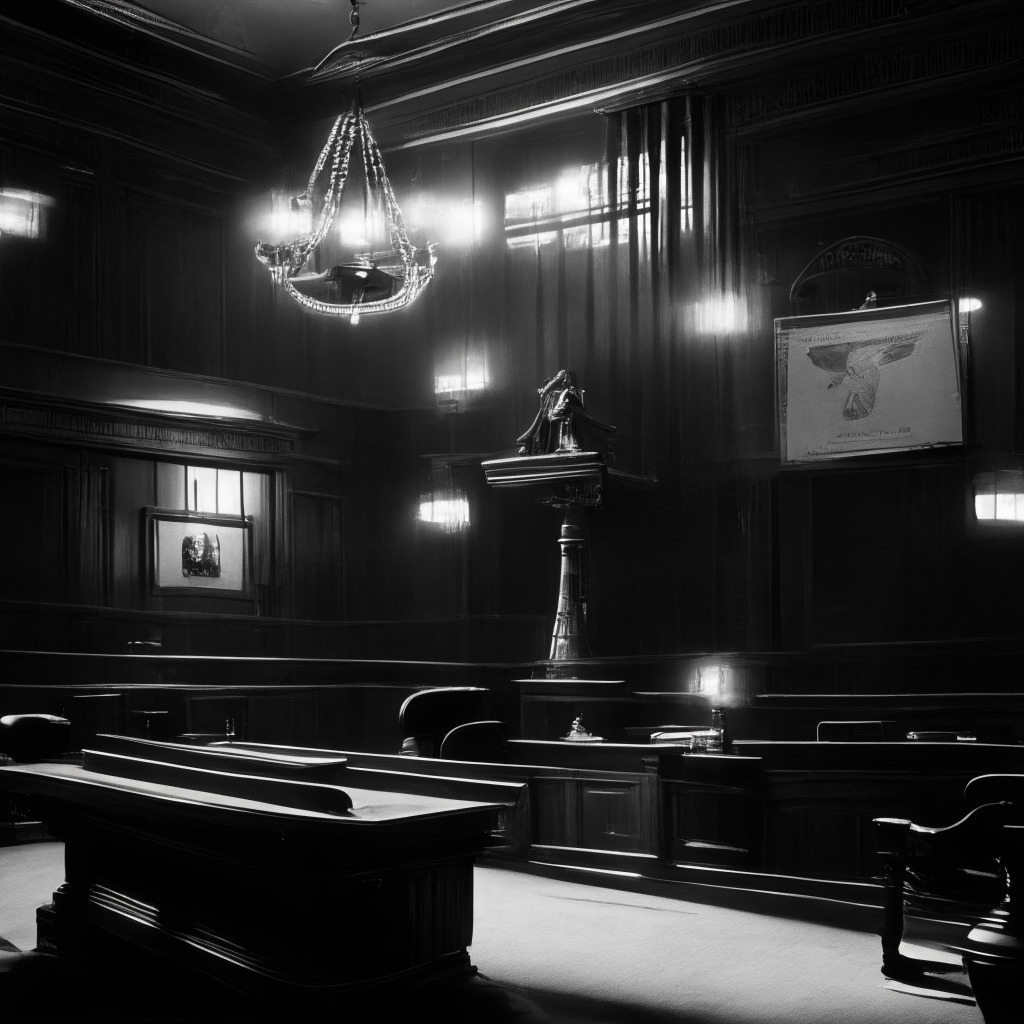Unfolding events in the cryptocurrency world are proving keen observers with loaded controversies and rattling puzzles. FTX, a now non-operational crypto exchange, its sibling enterprise Alameda Research, and the intricacies of the wheelings within their close-ties are certainly on the spotlight. The debate arcing over their actions regarding the securing of a stunning $71 million and a proposed redistribution plan provides a ground for thoughtful scrutiny.
FTX and sister company Alameda Research are caught in an engaging tug of war, aiming to claw back a massive $71 million, a sum which was previously dispensed to FTX’s philanthropic branch and several undisclosed life science conglomerates. Does a bankrupt company have such rights? Conversely, the FTX Foundation and the latter entities not only received the funds, but the seeds were sown under the umbrella of charitable activities. Might they not be obligated to use the funds for the designated purpose rather than for amassing personal fame and sway?
In a strategic twist, the leadership of FTX’s European subsidiary also found themselves under the harsh spotlight with a startling claim of $323 million hanging precariously over their heads. Sure enough, Alameda’s legal team might argue that these funds were misspent and should be re-appropriated. However, these businesses would not be amiss to observe that they operate their very own separate entities and are free to manage their internal affairs as they please.
Underpinning these transactions was the noble concept of effective altruism – a philosophy that promotes the redistribution of wealth from the well-off to those in thrift. Yet, did these transfers truly embark on the path to charity?
Questions arise in the face of the transactions with companies like Lumen Bioscience Inc. and Platform Life Sciences Inc. According to FTX’s lawyers, FTX founder Sam Bankman Fried orchestrated these transfers not to advance the welfare of the less fortunate, but rather to hoard goodwill and nurture political intensity.
A related case in this conundrum is the $550,000 returned by the New York’s Metropolitan Museum of Art – a donation they had earlier received from FTX. Was this just a prudential antidote for a potential backlash, or a calculative move in an otherwise chessboard of financial and legal maneuvers?
While these events continue to evolve, the broad sphere of blockchain technology and cryptocurrency are put to the test. Are they convincingly reliable, secure, and impenetrable to manipulation? For enthusiasts, the answers to these probing questions could very well shape their trust and involvement in the future of this pioneering industry.
Source: Coindesk




